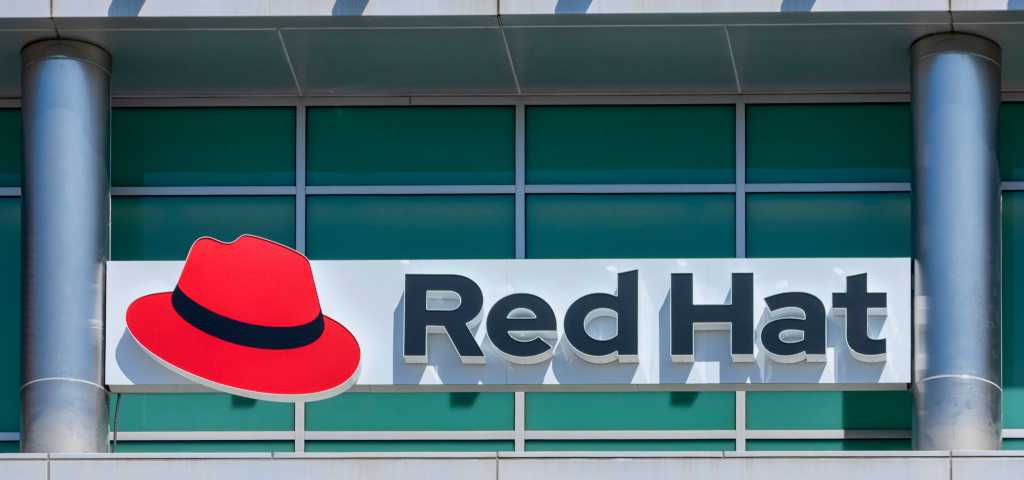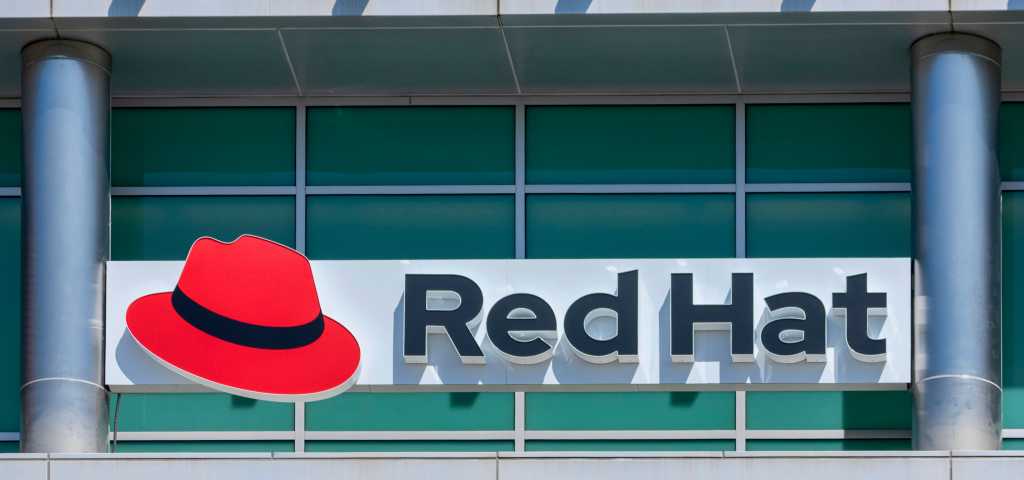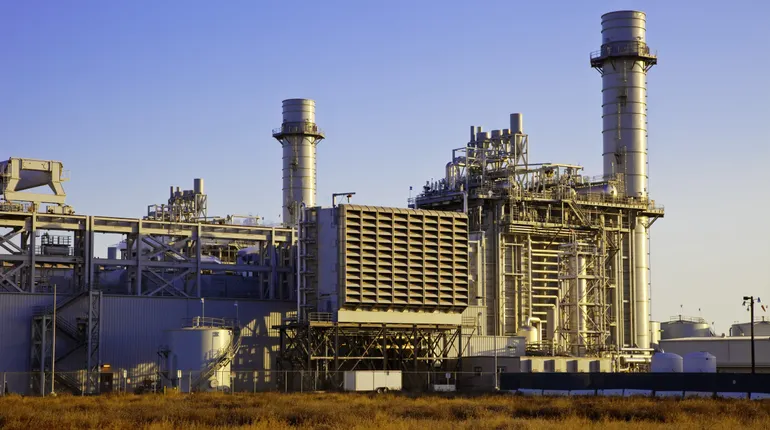
Africa-focused energy company Chariot Limited said it has regained its Moroccan offshore interests from Energean plc with the acquisition of its subsidiary, which holds 45 percent and 37.5 percent, respectively, in the Lixus Offshore and Rissana Offshore licenses.
Chariot is now the operator of the assets, with a 75 percent working interest in each license, with Morocco’s National Office of Hydrocarbons and Mines, or ONHYM, retaining its 25 percent stake.
The Anchois gas field is located in the Lixus Offshore license, where three wells have been drilled, Chariot said in a news release.
The Anchois-3 well was completed in September 2024. While the well did not deliver the additional volumes required to enable an expansion of the initially planned Anchois development, multiple quality gas-bearing reservoirs were found in the main B sand appraisal interval, Chariot noted.
The company said it “remains committed to progressing the license work programs and will collaborate with ONHYM to assess and adapt the Anchois development plan based on discovered resources”.
Chariot said it will continue to assess the additional potential of the wider Lixus and Rissana license areas.
Chariot CEO Adonis Pouroulis said, “We are pleased to have completed the transfer of these licenses and regained operatorship as we see material value within our diversified Moroccan position, both offshore and onshore. The Anchois gas discovery still offers the potential for a rescaled development and our next steps are to scope this based on the core resources found in the three wells underpinned by our previous work on engineering design, environmental and regulatory approvals, project financing and gas sales. Gas market fundamentals in Morocco are robust with strong gas demand and excellent fiscal terms and we will look to work with all stakeholders, including our partner ONHYM and the Ministry of Energy Transition and Sustainable Development to advance these important domestic projects”.
PPA Secured for Solar Project
Meanwhile, South African electricity trading platform Etana Energy, in which Chariot owns a 49 percent stake, has signed a 20-year power purchase agreement for the entire supply from the 75-megawatt Du Plessis Dam PV2 solar project.
The project has reached financial close and will be constructed by Mulilo, a renewable energy developer and independent power producer in South Africa, Chariot said in an earlier statement.
Located in South Africa’s Northern Cape, the project will begin in the second quarter, the company said.
“Construction starting on the Du Plessis 75-MW solar project marks a key milestone for Etana, our joint venture energy trading business, which will start generating meaningful revenues once this project is in production. This is the first solar generation project within Etana’s initial offtake portfolio with others progressing to financial close. There has been oversubscribed demand from industrial and commercial customers looking for long term, sustainable supply and we believe we have a very scalable business that is at the forefront of helping to resolve the energy situation in South Africa,” Pouroulis said.
Etana is focused on providing competitive, sustainable end-to-end energy solutions through the connecting of power generation projects to commercial and industrial users by wheeling electricity across South Africa’s national grid, according to the statement.
To contact the author, email [email protected]
WHAT DO YOU THINK?
Generated by readers, the comments included herein do not reflect the views and opinions of Rigzone. All comments are subject to editorial review. Off-topic, inappropriate or insulting comments will be removed.
MORE FROM THIS AUTHOR




















